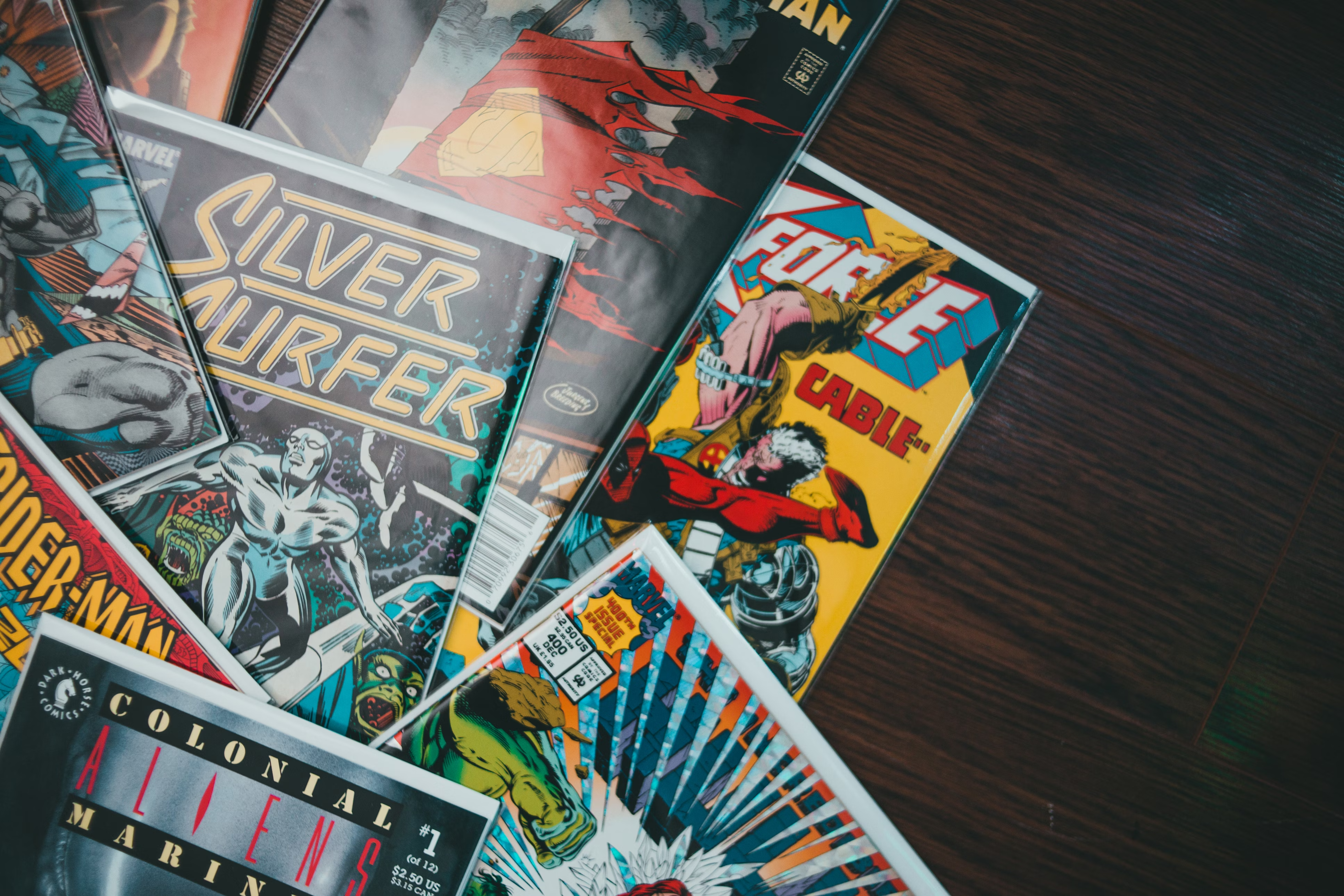What Disease Did Himura Kenshin Have?
Rurouni Kenshin, the manga created by Nobuhiro Watsuki, is renowned for its thrilling sword fights, rich historical backdrop, and deeply human characters. Among these characters, Himura Kenshin stands out as both a fearsome swordsman of the past and a wandering protector seeking peace. Fans often wonder, did Kenshin have any disease or health condition, and how did it affect his life and abilities? Let’s explore the question in detail while discussing the story and context like two friends chatting about a favorite manga.

Kenshin Himura: From Battousai to Wanderer
Before delving into Kenshin’s health, it’s important to understand his past. As Battousai, the feared assassin of the Bakumatsu era, Kenshin led a life full of danger, battle, and moral conflict. After the revolution, he vowed never to kill again, becoming a rurouni, a wandering swordsman who helped those in need. His past left both emotional and physical marks, and some readers have speculated about a potential disease or ongoing health issues.
The Origins of the Rumors
In the manga, there are moments where Kenshin appears physically exhausted or emotionally strained, particularly after battles or intense emotional events. Some fans interpreted these moments as signs of an underlying disease. Additionally, his extreme dedication to helping others and constant wandering might give the impression of someone fighting against frailty or illness.
However, it is important to clarify that Kenshin does not have a medically diagnosed disease in the story. Instead, the physical and mental strains he experiences reflect the trauma of his past and the toll of living a life of constant vigilance and responsibility.
Trauma and Its Effects
Kenshin’s life as Battousai left deep psychological scars. The pain of having taken lives, combined with the tragic loss of Tomoe Yukishiro, contributed to moments of emotional and physical exhaustion. In literature and manga, these symptoms—fatigue, stress, and moments of weakness—are sometimes mistaken for a disease, but they are more accurately described as the consequences of trauma.
The manga portrays Kenshin as exceptionally skilled and resilient, yet not invincible. His experiences illustrate that even the strongest warriors carry vulnerabilities. These vulnerabilities are part of what makes him a compelling character: his struggle is not just external but also internal, reflecting the challenges of overcoming guilt and the long-term effects of violence.
Physical Strain from Swordsmanship
Kenshin’s unique fighting style, Hiten Mitsurugi-ryu, is legendary for its speed and efficiency. Mastering such techniques requires immense physical exertion, and the manga frequently shows Kenshin dealing with fatigue or minor injuries during battles. This physical strain might also contribute to the perception that he has a health condition.
While these moments showcase his human limits, they are not indicative of a chronic disease. Instead, they emphasize his discipline, perseverance, and commitment to his vow of never killing again. The combination of past trauma, physical exertion, and moral responsibility shapes his character more than any medical condition could.
The Role of Symbolism
Some interpretations suggest that fans view Kenshin’s “disease” metaphorically. In storytelling, a character’s struggles often manifest symbolically as illness or weakness. For Kenshin, any perceived disease can be seen as the embodiment of his past sins, guilt, and the psychological burden of being Battousai.
The moments when he seems weakened or unwell remind readers that even a seemingly invincible swordsman must contend with his own humanity. This symbolic interpretation adds depth to the story, reinforcing the themes of redemption, moral struggle, and personal growth.
Clarifying Misconceptions
It’s essential to separate manga storytelling from literal medical conditions. Kenshin’s fatigue, vulnerability, and emotional struggles are not signs of a real-life disease. They are narrative tools used by Watsuki to create tension, character depth, and realism in a historical setting.
Fans searching for “What disease did Himura Kenshin have?” may be influenced by his occasional frailty or references to his past wounds, but no canon source describes him as having a specific illness. His challenges are rooted in trauma, exhaustion, and the psychological weight of his history.
Kenshin’s Resilience
Despite the physical and emotional challenges, Kenshin demonstrates remarkable resilience. His ability to protect others, maintain his pacifist vow, and confront his past reflects strength beyond mere physical prowess. In many ways, his “struggle” with health is a testament to his humanity and the realism that Watsuki infused into the character.
Kenshin’s endurance is inspiring, showing that one can carry the weight of a violent past, face emotional scars, and still strive for a better future. This quality resonates with readers and contributes to why Rurouni Kenshin remains beloved worldwide.
Reading Kenshin’s Full Story
To truly understand Kenshin’s struggles, both physical and emotional, it is best to read the manga. Following his journey from a feared assassin to a wandering protector reveals the context behind moments of weakness or exhaustion. Each fight, conversation, and quiet moment provides insight into how he navigates life with the legacy of his past.
You can explore the full story and discover the complexities of Kenshin Himura by reading the Rurouni Kenshin manga. Experiencing the manga firsthand allows readers to appreciate the depth of his character and the realistic portrayal of human limits in a historical and action-packed narrative.
So, what disease did Himura Kenshin have? The answer is simple: none. Kenshin does not suffer from a diagnosed medical condition. Instead, his apparent struggles with health and fatigue reflect the consequences of trauma, emotional burden, and the physical demands of swordsmanship.
His character demonstrates that vulnerability and resilience often coexist. Kenshin’s journey is not only about mastering sword skills but also about navigating the emotional and moral aftermath of a violent past. The perceived “disease” is, in reality, a storytelling device that enriches his character and emphasizes his humanity.
By understanding the context behind Kenshin’s health, readers gain a deeper appreciation for Rurouni Kenshin, its historical setting, and the complex character Watsuki created. Kenshin’s story reminds us that true strength encompasses not just physical ability but also the courage to confront one’s past, endure hardship, and seek redemption.
